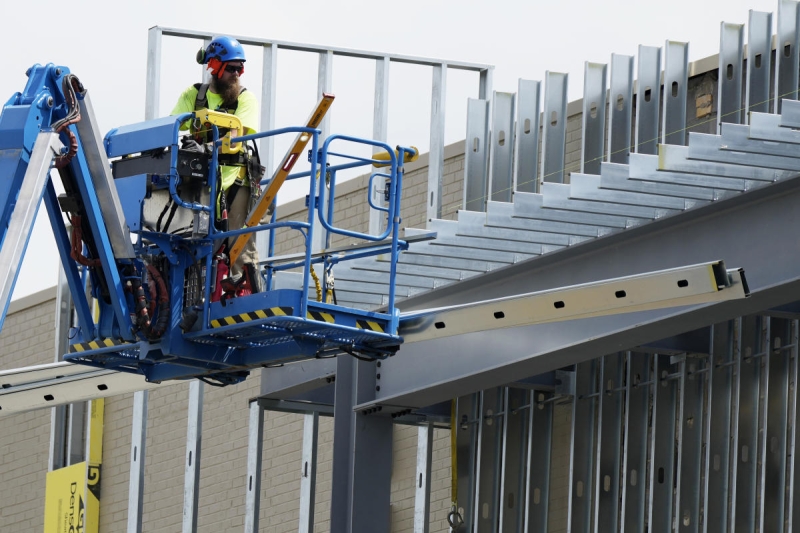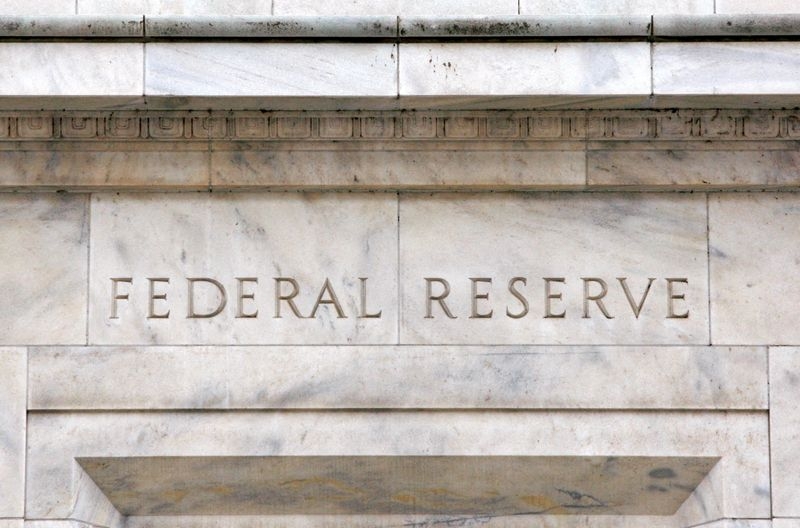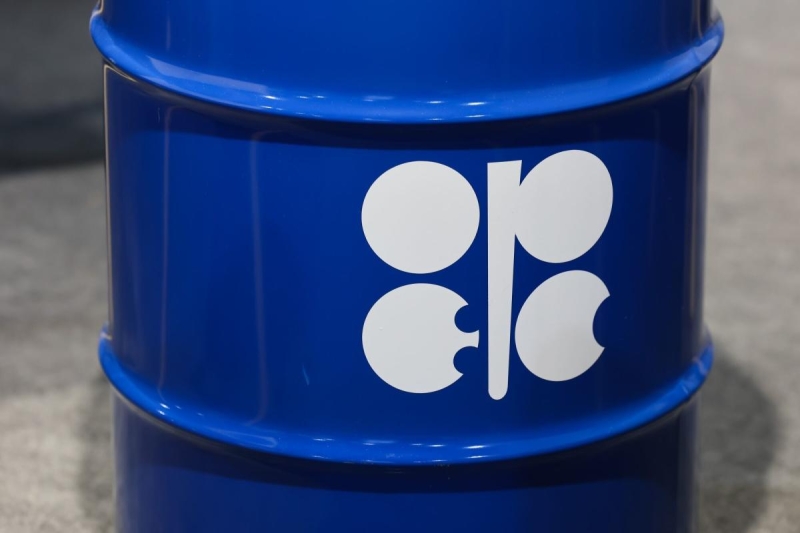
WASHINGTON (AP) — The U.S. economy grew last quarter at a healthy 3% annual pace, fueled by strong consumer spending and business investment, the government said Thursday in an upgrade of its initial assessment.
The Commerce Department had previously estimated that the nation’s gross domestic product — the total output of goods and services — expanded at a 2.8% rate from April through June.
The second-quarter growth marked a sharp acceleration from a sluggish 1.4% growth rate in the first three months of 2024.
Consumer spending, which accounts for about 70% of U.S. economic activity, rose at a 2.9% annual rate last quarter, up from 2.3% in the government's initial estimate. Business investment expanded at a 7.5% rate, led by a 10.8% jump in investment in equipment.
Thursday's report reflected an economy that remains resilient while still gradually slowing under the pressure of continued high interest rates.
The state of the economy is weighing heavily on voters ahead of the November presidential election. Many Americans remain exasperated by high prices even though inflation has plummeted since peaking at a four-decade high in mid-2022.
The Federal Reserve raised its benchmark interest rate 11 times in 2022 and 2023, lifting it to a 23-year high and helping shrink annual inflation from a peak of 9.1% to 2.9% as of last month. The much higher borrowing costs for consumers and businesses that resulted had been widely expected to cause a recession. Yet the economy has kept growing and employers have kept hiring.
Now, with inflation hovering only slightly above the Fed’s 2% target level and likely slowing further, Chair Jerome Powell has essentially declared victory over inflation. As a result, the Fed is poised to start cutting its benchmark interest rate when it next meets in mid-September.
A sustained period of lower Fed rates would be intended to achieve a “soft landing,” whereby the central bank manages to curb inflation, maintain a healthy job market and avoid triggering a recession. Lower rates for auto loans, mortgages and other forms of consumer borrowing would likely follow.
The central bank has recently become more concerned about supporting the job market, which has been gradually weakening, than about continuing to fight inflation. The unemployment rate has risen for four straight months, to 4.3%, still low by historical standards. Job openings and the pace of hiring have also dropped, though they remain at relatively solid levels.
Thursday’s report was the Commerce Department’s second estimate of GDP growth in the April-June quarter. It will issue its final estimate late next month.




